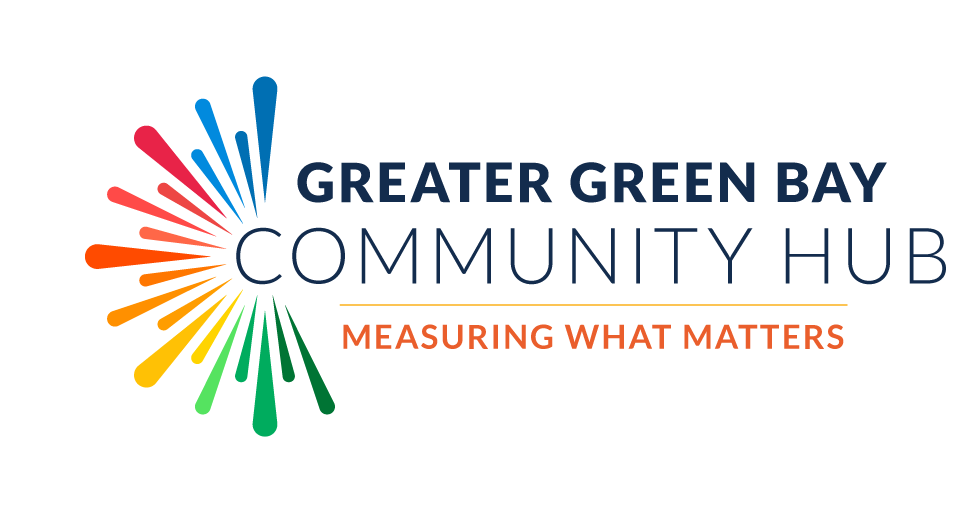Promising Practices
The Promising Practices database informs professionals and community members about documented approaches to improving community health and quality of life.
The ultimate goal is to support the systematic adoption, implementation, and evaluation of successful programs, practices, and policy changes. The database provides carefully reviewed, documented, and ranked practices that range from good ideas to evidence-based practices.
Learn more about the ranking methodology.
Filed under Evidence-Based Practice, Health / Respiratory Diseases
Impact: The Community Preventive Services Task Force (CPSTF) recommends school-based asthma self-management interventions to reduce hospitalizations and emergency room visits among children and adolescents with asthma. Evidence shows interventions are effective when delivered by trained school staff, nurses, and health educators in elementary, middle, and high schools serving diverse populations.
When implemented in schools in low-income or minority communities, interventions are likely to promote health equity.
Filed under Evidence-Based Practice, Health / Physical Activity, Children, Teens, Urban
Goal: To improve drinking water consumption among adolescents.
Impact: This study shows that provision of filtered, chilled drinking water in school cafeterias coupled with promotion and education is associated with increased consumption of drinking water at school.
Filed under Evidence-Based Practice, Community / Social Environment, Children
Goal: Through a 2- to 3-year process, ARC is designed to improve organizational culture and climate, increase job satisfaction and commitment, support the adoption and success of evidence-based practices (EBPs), reduce staff turnover, and improve clients’ outcomes.
Filed under Good Idea, Health / Immunizations & Infectious Diseases
Goal: The purpose of the exercise was to train health and emergency medical personnel in planning for and responding to large scale disease outbreaks. The most proven method to assure an effective response to a real event is to practice a well-coordinated multi-agency field exercise.
Filed under Effective Practice, Community / Crime & Crime Prevention, Teens
Goal: The program’s goal is to provide specialized, remedial education and intensive vocational training to moderate risk youth committed to Florida’s Department of Juvenile Justice.
Filed under Evidence-Based Practice, Health / Diabetes, Children, Families, Racial/Ethnic Minorities
Goal: The objectives of Bienestar are to decrease dietary saturated fat intake, increase dietary fiber intake, and increase physical activity among low-income Mexican-American elementary and middle school children.
Impact: The Bienestar Health Program statistically significantly increases fitness scores and dietary fiber intakes levels among low-income, Mexican-American fourth-graders. A second randomized control trial conducted from 6th to 8th grade showed reductions in various indexes of adiposity.
Filed under Effective Practice, Health / Maternal, Fetal & Infant Health
Goal: The goal of Birth and Beyond California is to provide effective, evidence-based breastfeeding support to all mothers delivering babies in hospitals in California in order to increase the percentage of mothers who are able to breastfeed exclusively starting at birth.
Filed under Evidence-Based Practice, Health / Physical Activity, Children, Teens
Impact: Enhanced school-based physical education is recommended to increase physical activity based on strong evidence of effectiveness in increasing the amount of time students spend in moderate- or vigorous- intensity physical activity during PE classes. Enhanced school=based PE resulted in 10 percentage points more PE class time engaged in moderate- or vigorous-intensity physical activity as compared to standard PE classes.
Filed under Evidence-Based Practice, Health / Diabetes
Impact: The Diabetes Community Guide can improve biological components of diabetes for those treated for either type 1 or type 2 diabetes in both community clinics and managed care organizations.
CDC COMMUNITY GUIDE: Environmental and Policy Approaches to Increase Physical Activity: Community-Scale Urban Design Land Use Policies (USA)
Filed under Evidence-Based Practice, Health / Physical Activity, Children, Teens, Adults, Women, Men, Older Adults, Families, Racial/Ethnic Minorities
Impact: Design and land use policies that encourage physical activity in urban areas can help increase overall physical activity in bikers and walkers.
